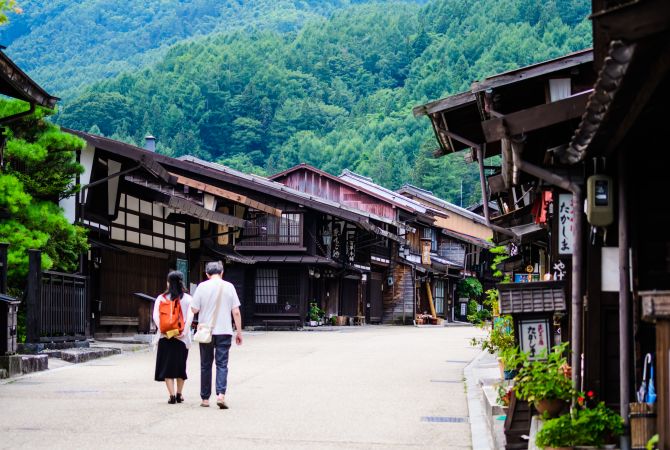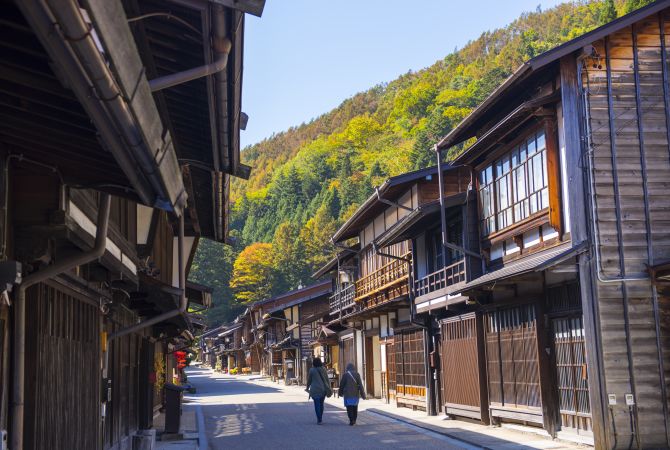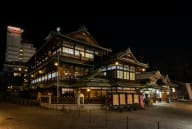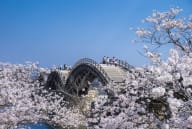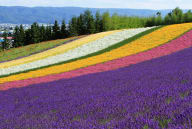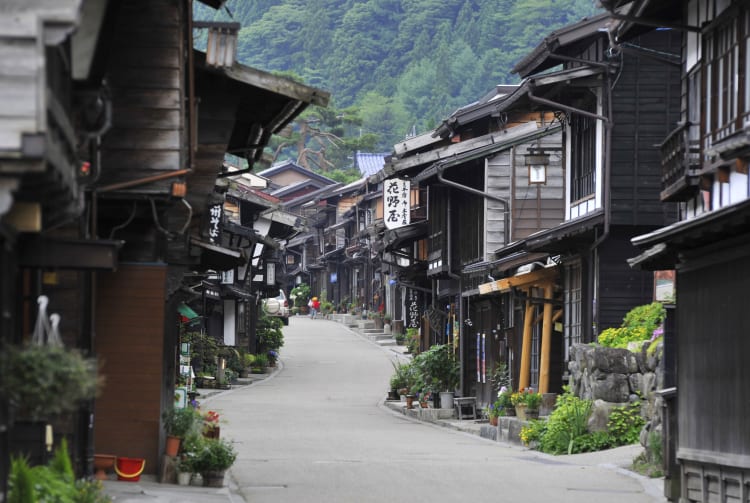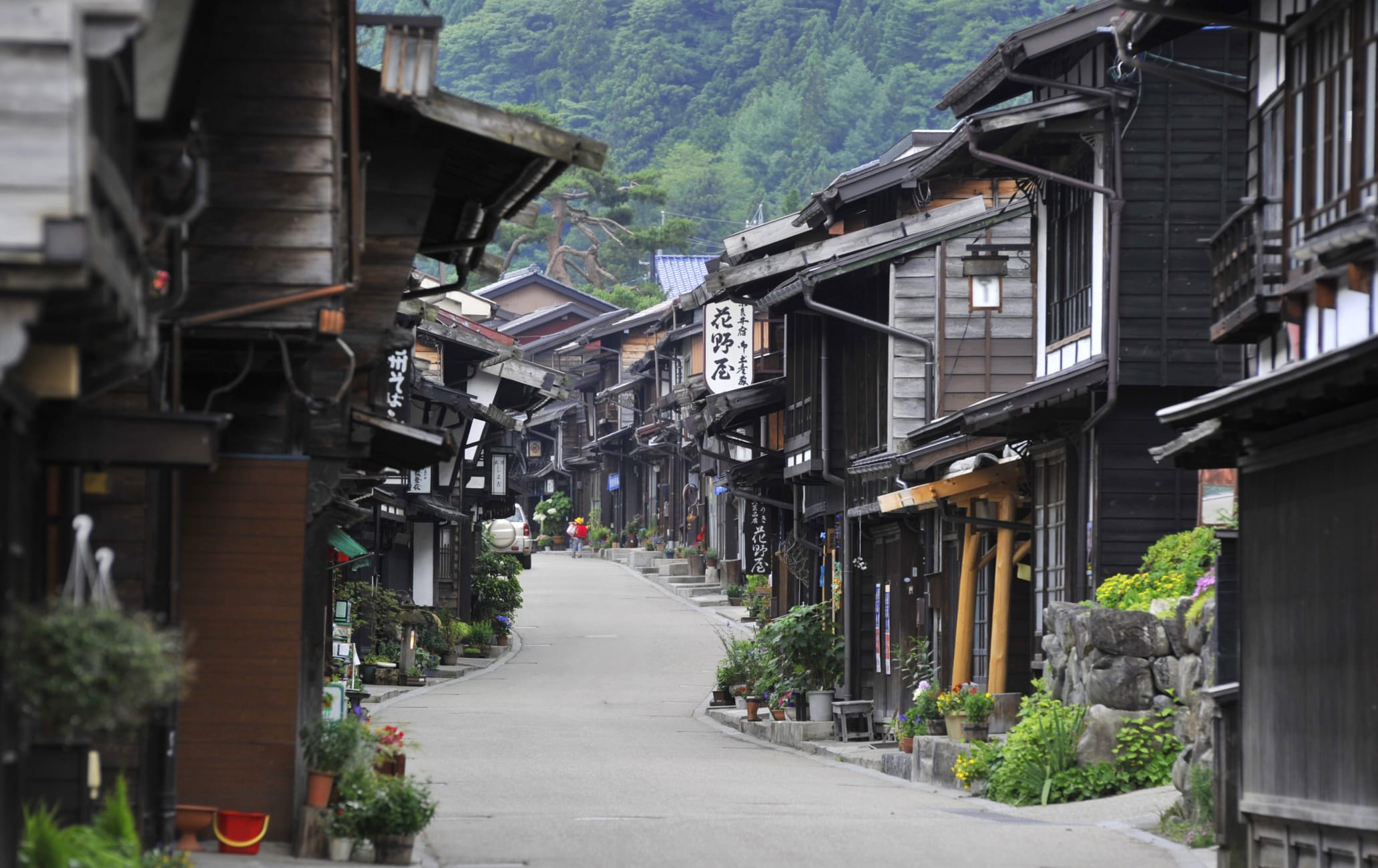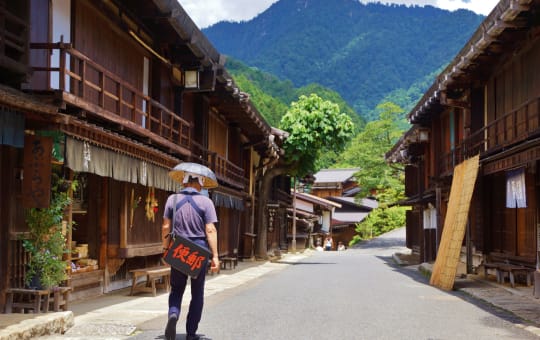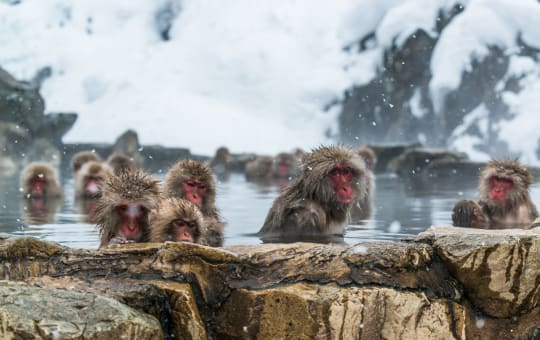Découvrez une ville située sur une ancienne route commerciale
Située entre Kiso Fukushima et Matsumoto , Narai-juku est l'une des villes étape les mieux préservées du sentier de Nakasendo dans la vallée de Kiso. Visitez-la pour avoir un aperçu du Japon d'antan.
À ne pas manquer
- Promenade dans le charmant paysage urbain, avec son atmosphère de l'époque des samouraïs
- Eau de source pure pour les voyageurs dans les puits de bord de route appelés mizuba
- Le temple de Chosenji et son dragon peint au plafond
Comment s'y rendre
Narai-juku est accessible par le train local sur la JR Chuo Line.
L'endroit se trouve à environ 50 minutes au sud de Matsumoto . Depuis Shinjuku à Tokyo, il faut environ trois heures par le train Azusa, en changeant à Shiojiri.
Au départ de Nagoya, le trajet dure deux heures et demie, en changeant du Shinano Express à la ligne locale de Kiso Fukushima.
Pour une arrivée plus mémorable, empruntez le sentier de Nakasendo sur le col Torii-toge depuis la ville de Yabuhara, à cinq kilomètres au sud.

Voyagez dans le passé
Narai-juku était autrefois la plus riche des onze villes étape du sentier de Nakasendo dans la vallée de Kiso. Sa rue principale s'étend sur un kilomètre. À son apogée, la ville était connue sous le nom de « Narai aux mille maisons ». Profitez d'une promenade le long du chemin principal. Les bâtiments en bois à deux étages abritent toutes sortes d'échoppes : restaurants de nouilles soba, boutiques de saké, vendeurs de souvenirs et artisanat de la laque. Regardez à l'intérieur de la résidence Nakamura du début des années 1800 avec son jardin élégant pour voir comment les marchands de Narai vivaient autrefois. Les temples historiques et les sanctuaires à l'atmosphère particulière juste à côté de la rue principale de Narai-juku sont également à explorer.
Le sentier de Nakasendo
Continuez après l'édifice vermillon du sanctuaire de Shizume niché à l'extrémité sud de la ville, et vous arriverez sur un tronçon du sentier de Nakasendo qui traverse le col Torii-toge avant de descendre vers la ville étape voisine de Yabuhara. En cours de route, vous découvrirez des sections de sentiers pavés originaux et des vues sur le mont sacré de Kiso, le mont Ontake . Restez à l'affût des poteaux d'attache pour chevaux près de la station de repos au sommet.

